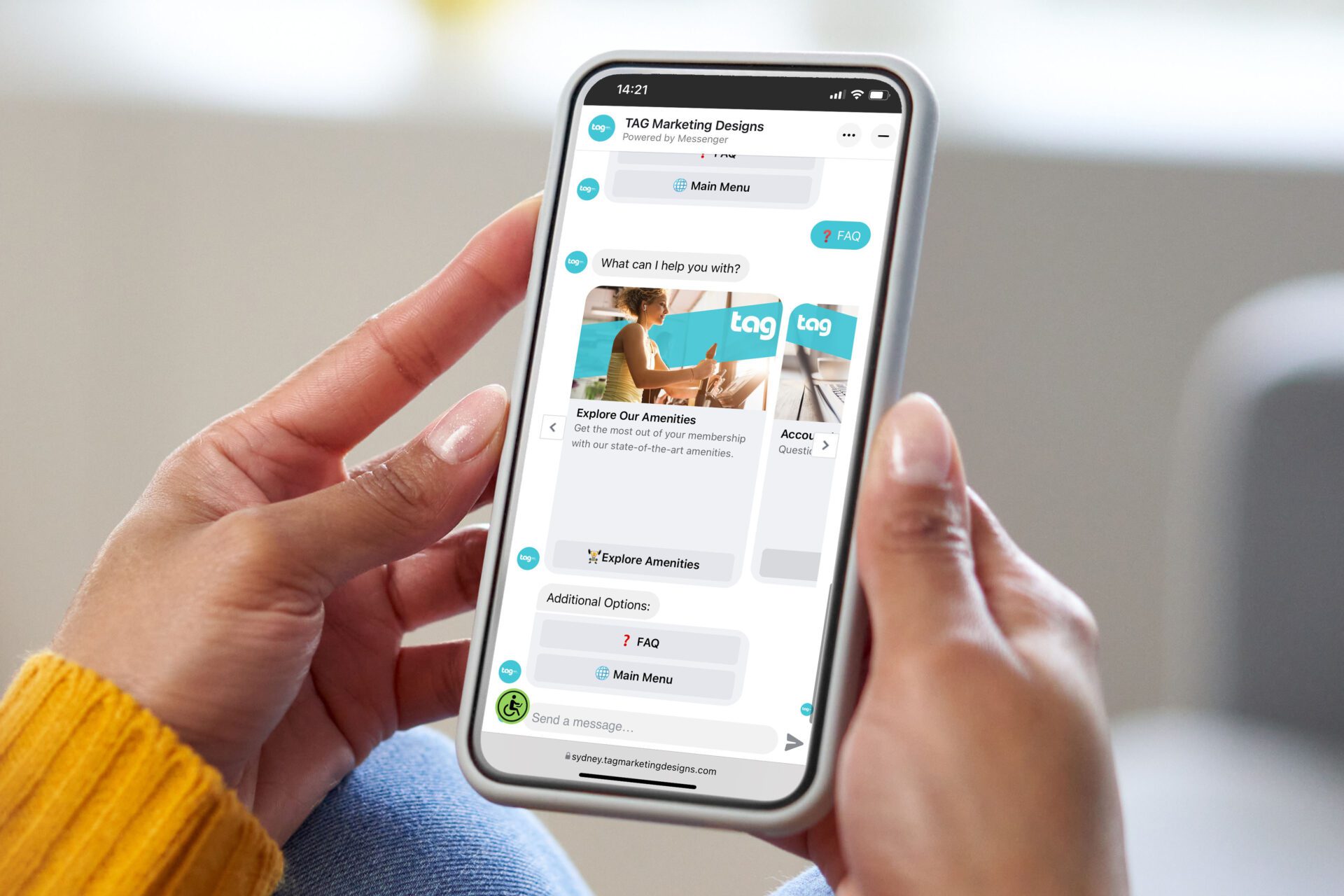
How AI Chatbots are Transforming Customer Engagement
In today’s digital age, customer expectations are higher than ever. Instant gratification is now the norm, and businesses that don’t meet these expectations risk falling behind.
That’s not the best for your bottom line.
Enter conversational marketing — an approach that leverages AI chatbots to create instant, personalized interactions with your customers. Adopting this fresh strategy helps your business stay ahead of your competitors and keep up with the increasing demands of today’s customers.
This blog explores how AI chatbots can benefit your business.
Value Proposition
AI conversational marketing employs artificial intelligence to engage with customers in real-time, just as a human would. It allows businesses to offer immediate support, personalize experiences, cut costs through task automation, and gather valuable data to enhance services. Let’s dive deeper!
One of the most significant advantages is the ability to provide 24/7 instant support. AI chatbots can handle multiple queries simultaneously, ensuring customers receive immediate responses regardless of the time of day. This boosts the customer experience and lets your team tackle more complex tasks.
 Personalization
Personalization Chatbots make the customer experience more personal. By using information collected from each user, they offer custom answers and suggestions. They provide quick, helpful support that feels tailored to each person’s needs.
 Cost Efficiency
Cost EfficiencyImplementing a chatbot can lead to substantial cost savings. Chatbots require no breaks, can work around the clock, and can handle an unlimited number of interactions simultaneously. This reduces operational costs while maintaining a high level of customer service.
 Data Collection and Analytics
Data Collection and AnalyticsAI chatbots are excellent tools for gathering valuable customer data. They can track interactions, identify trends, and provide insights that help businesses refine their marketing strategies. This data-driven approach ensures businesses remain agile and responsive to changing customer needs.
Driving Conversions Through Dialogue
Now that we’ve reviewed the value of AI chatbots, it’s clear why conversational marketing is a powerful strategy; next, we’ll provide practical steps to get started. Step 1: Set Clear Goals
Before implementing an AI chatbot, it’s important to define your objectives. Are you looking to improve customer service? Increase sales? Gather more customer data? Setting clear goals – and defining how you’ll measure them — is the foundation that will guide you through the next steps.
Takeaway: Clear objectives will shape your strategy and ensure your chatbot aligns with your business needs.
Step 2: Know and Understand Your AudienceKnow your target audience and customize your chatbot’s tone and responses to suit them. For example, younger audiences might connect better with a casual tone, while professional audiences may prefer a more formal approach. Incorporate common phrases or jargon relevant to the industry or interests of the audience.
Takeaway: Chatbots can adjust their tone and style to match the user’s communication style, making interactions feel more personal and engaging.
Step 3: Integrate with Existing SystemsTo provide a seamless customer experience, integrate your chatbot with existing systems such as your CRM, e-commerce platform, and marketing automation tools.
Takeaway: Integration enables your chatbot to access customer data and provide personalized responses.
Step 4: Identify FAQs and Script ResponsesMaximize the effectiveness of your chatbot by identifying the most common questions your customers ask about your business. For example, do you often hear questions about your hours, parking, and prices? Do customers ask for directions or payment options? Once you have this list, script detailed responses for your chatbot. Make your script is clear, concise, and easy to understand.
Takeaway: With proper preparation, your chatbot will provide dependable support that boosts customer satisfaction and attracts new prospects.
Step 5: Continually ImproveAfter your chatbot is live, keep an eye on its performance by tracking key metrics like response times and query resolution rates. Use this info to tweak its performance and update responses as needed.
Takeaway: Monitoring your chatbot’s performance ensures it meets customer needs, improves efficiency, and aligns with your business goals.

The Future of Customer Engagement
The rise of conversational marketing and AI chatbots marks a significant shift in how your business can interact with customers. By providing instant, personalized, and cost-effective support, AI chatbots are setting new standards for the customer experience, making engagement smoother and more personalized than ever before.
As digital marketing expert Neil Patel states, “We can use bots to automate a huge chunk of the marketing process, but that doesn’t mean we can make the process cold and impersonal. Quite the opposite. You must think about your customers every step of the way. Only then will tools like bots be able to do their best.”
If you’re ready to revolutionize your customer engagement strategy, start by implementing AI chatbots. Ask us how!
Founded in 1999, TAG Digital Marketing (TAG) will successfully manage every aspect of your digital presence, including a thorough understanding of your business goals and marketing needs.
Contact TAG today – and ask us how our digital marketing solution will drive your business forward!
